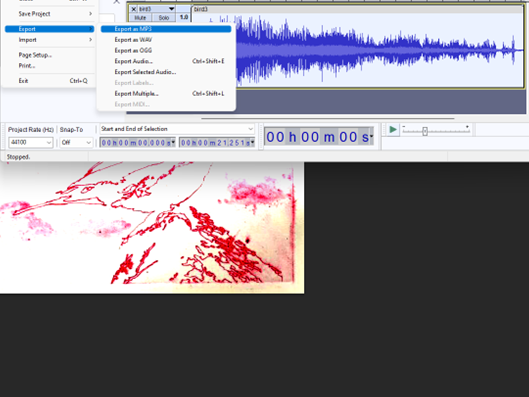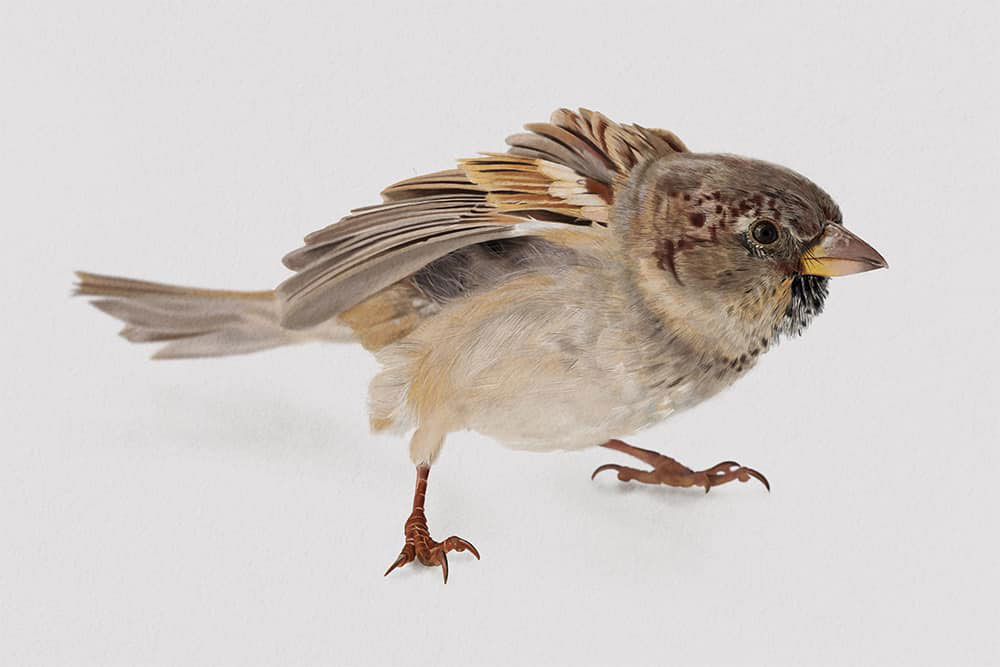WIP:
How to make the invisible visible (or make the hidden MORE visible). Collecting sounds from in and around No.34 tree to experiment with ‘Sonification’. This is in essence the reverse of what I intended: I began by applying diegetic sound to imagery whereas sonification of imagery is the act of expressing in sound that which is inaudible. In a similar manner, metal detectors use sound to display changes in magnetic fields.
As part of the search for new forms and the translation of forms from one dimension to another, sonification is a useful method to explore this.
I have an image that contains a small amount of varied data. Using a digital form of intaglio print from copper sheet to capture a form of a bird from the external world, the aim was to visualise the bird using sound – sonification of the imagery’ results in displaying these forms to the ear, and in doing so, finding a new way to appreciate and express its beauty.
Complex images usually contain “feature points.” For example, a plain white wall lacks any feature that the eye can cling on to but the corners of a door or a window in that wall can be easily and precisely identified. These feature points play a very important role not only in human perception but also in computer vision and image analysis. From a limited data set of features, it is possible to describe the structure of a complex image with sound.
says, G.B. (n.d.). Sonification Demos – Jean-Marc Pelletier. [online] Available at: https://jmpelletier.com/sonification-demos/.
Importing an image into specialist software converts each pixel into a sound. This generative sonification of the image plays as a sound – listen below.
First, I cropped out any pixel data that unrelated to the image and adjusted the levels to maximise the potential for contrast in the sound wave. The RAW file was shoehorned into sound software where the sound wave forms a representation of the print.

Reversing this technique and using diegetic sound to generate the imagery was the next logical step.
The following sound is of a grey wagtail who regularly visit No. 34 Tree.

Exporting the raw data back out of audacity and opening it into photoshop as a bmp, this magnified image of the sound of a grey wagtail generated an interpretation of the sound using pixels.

Experiment 2: SONIFICATION OF A COLOUR DRAWING
I drew this sparrow for the National Geographic project. The amount of detail compared to the intaglio print should result in a more complex result.

